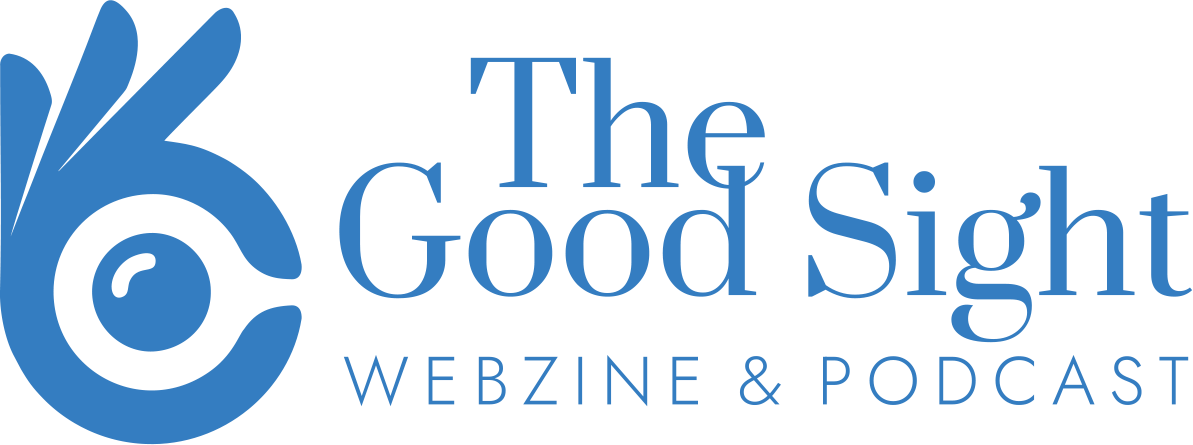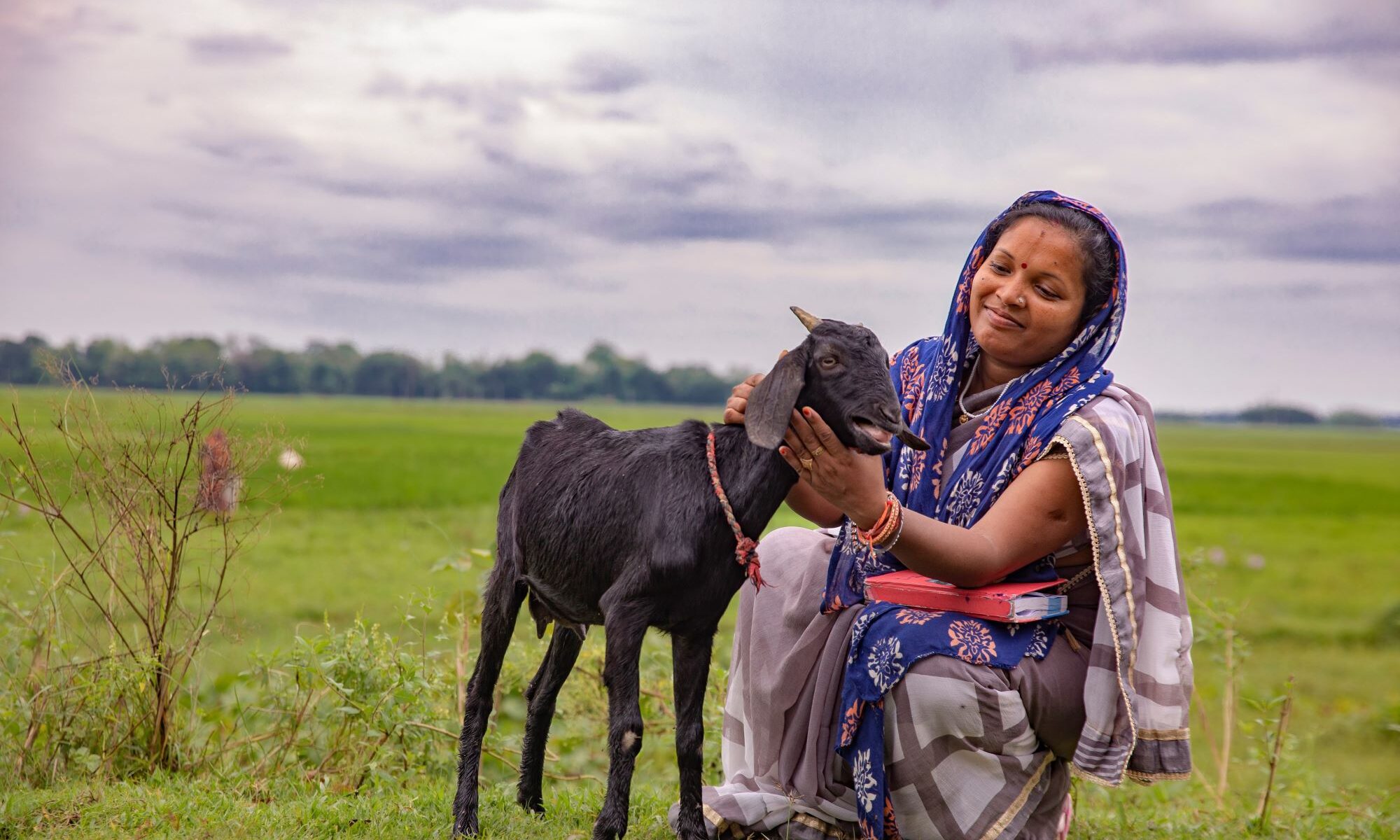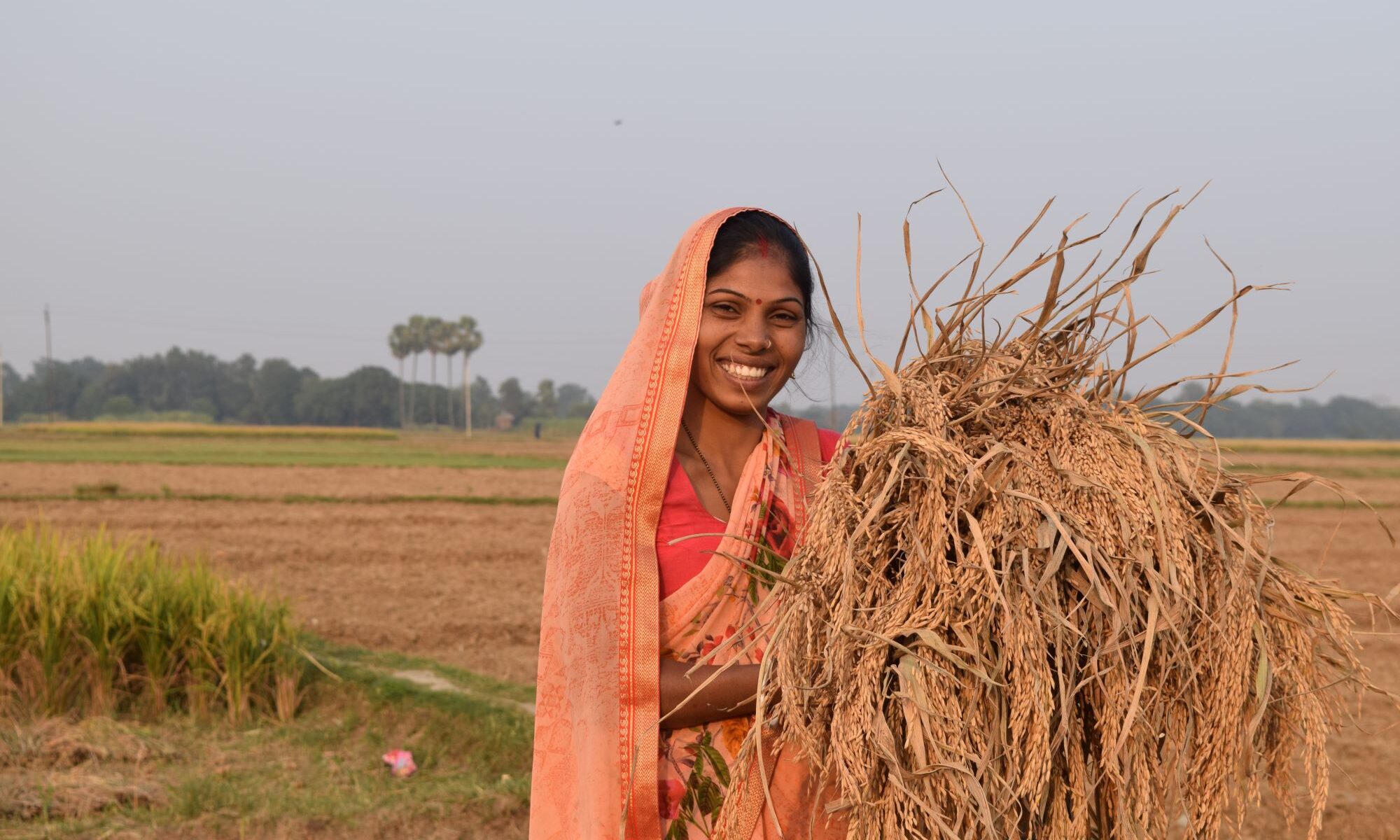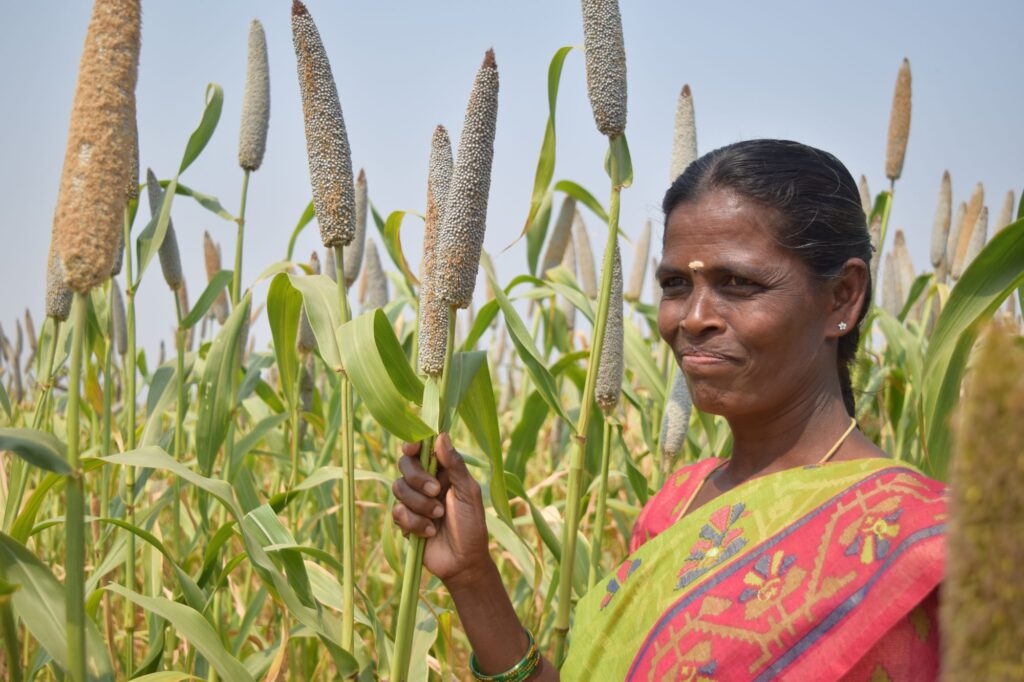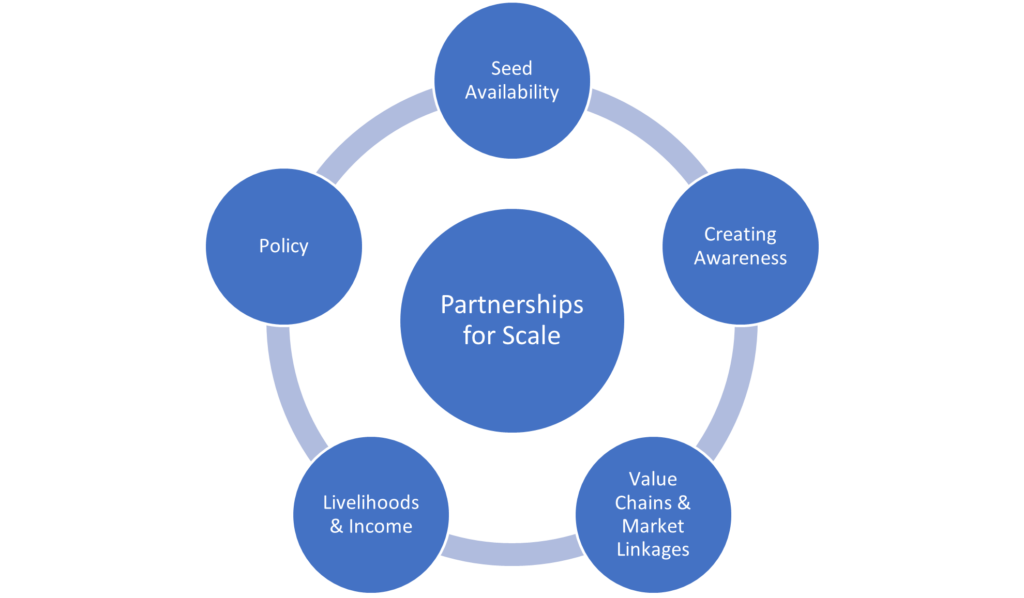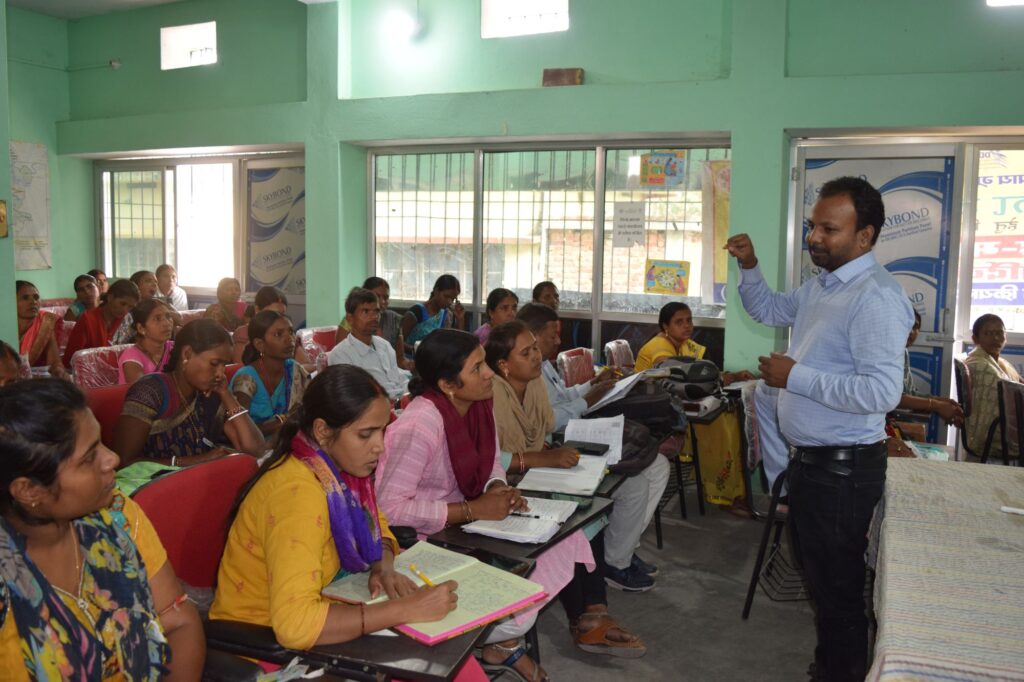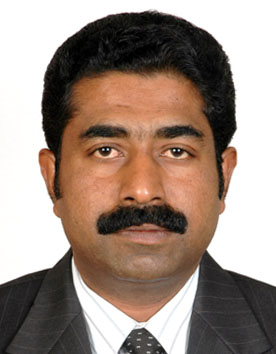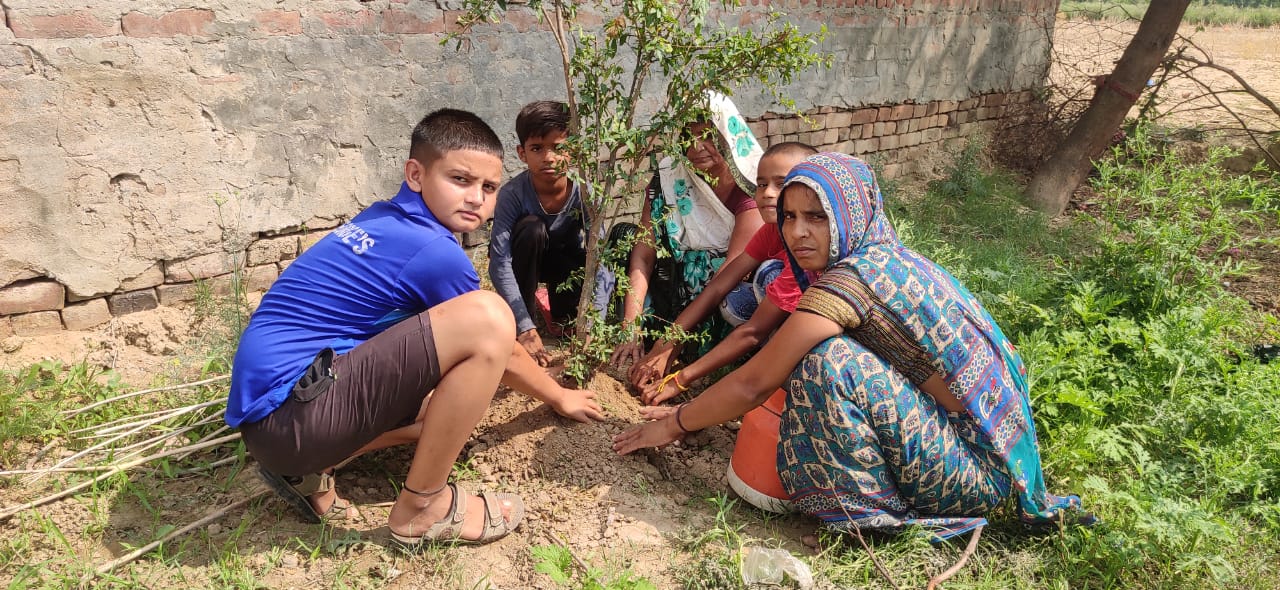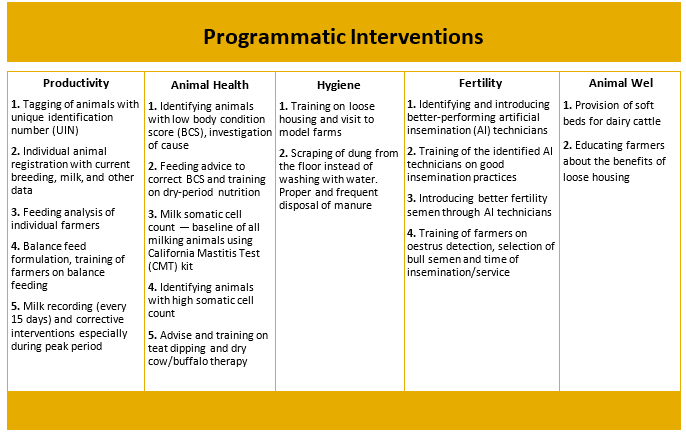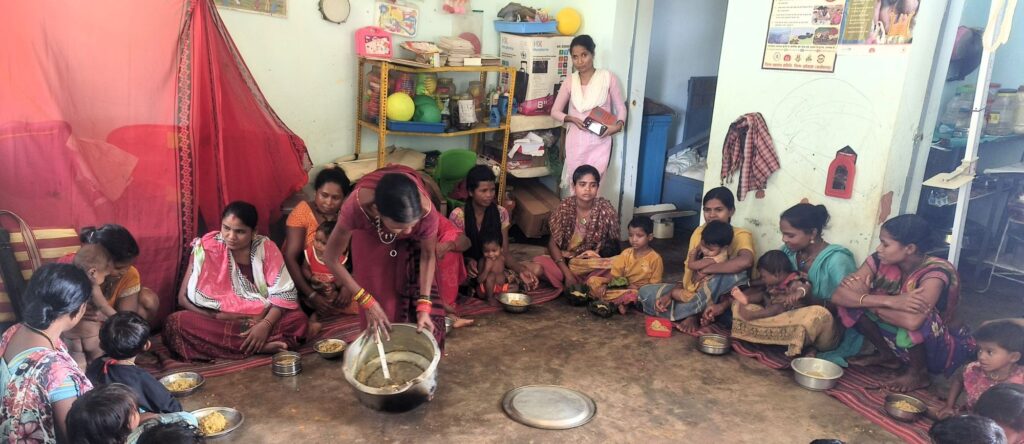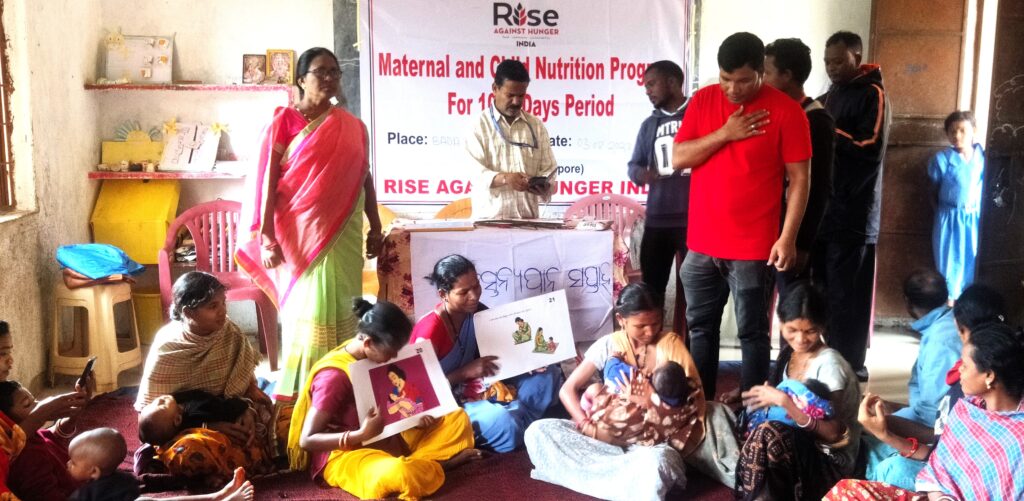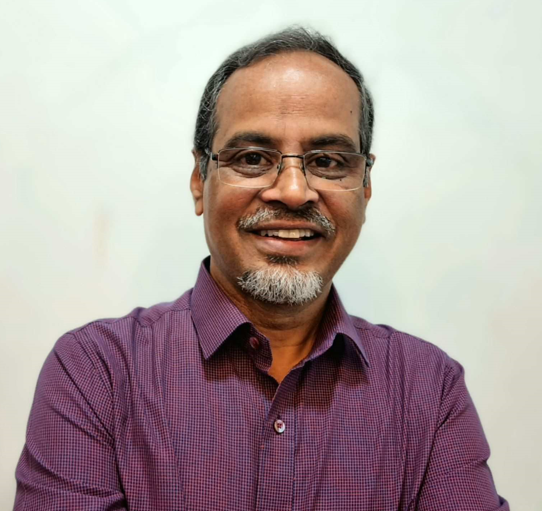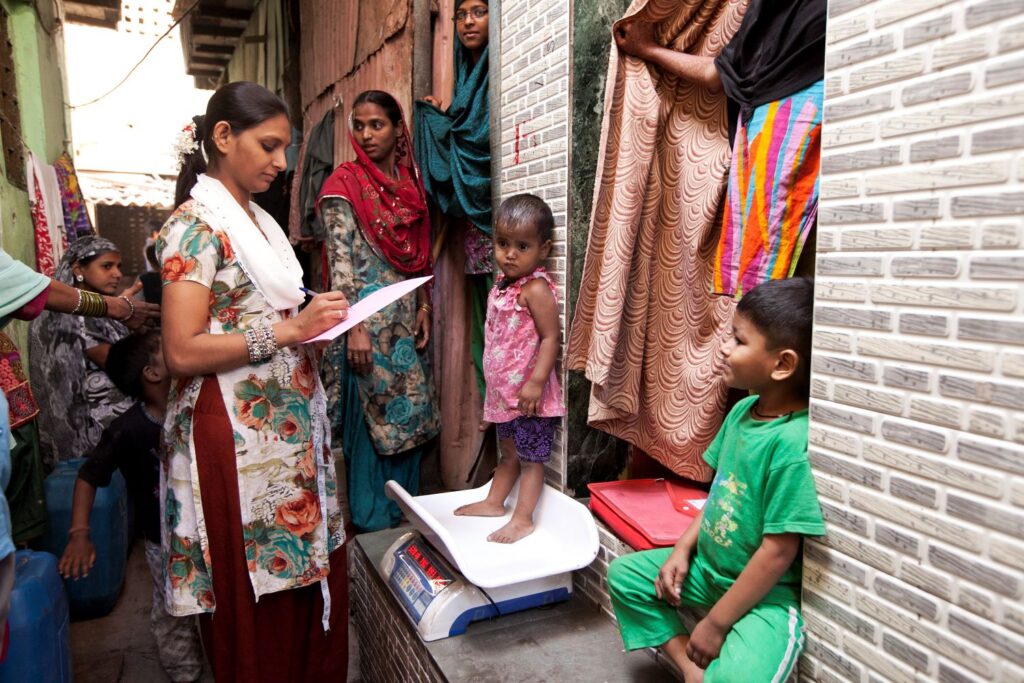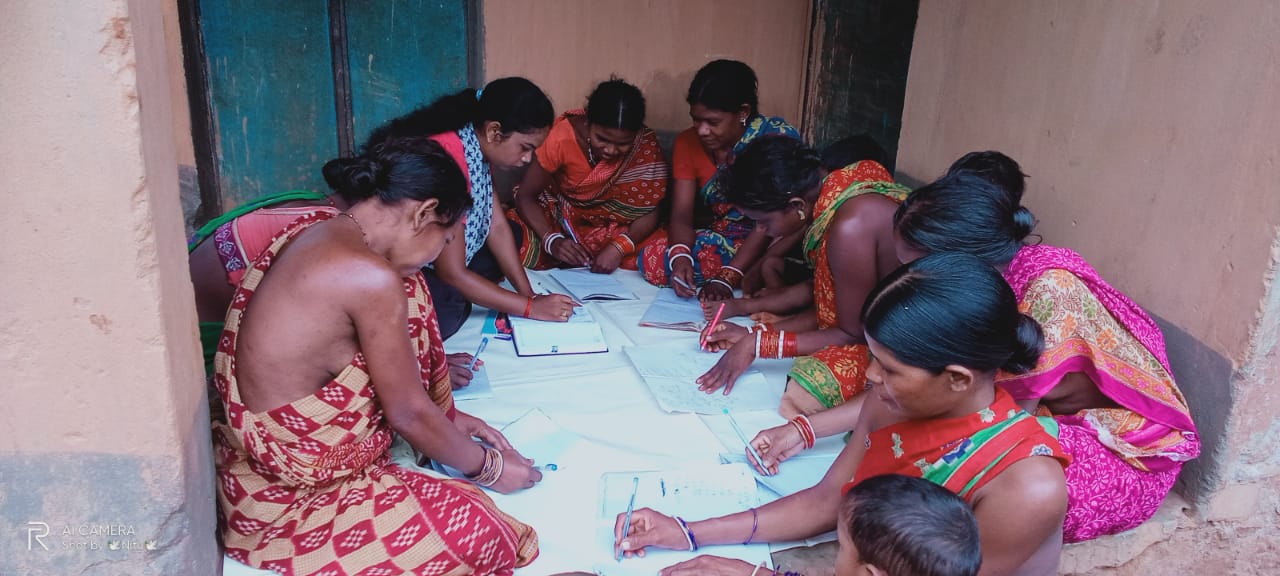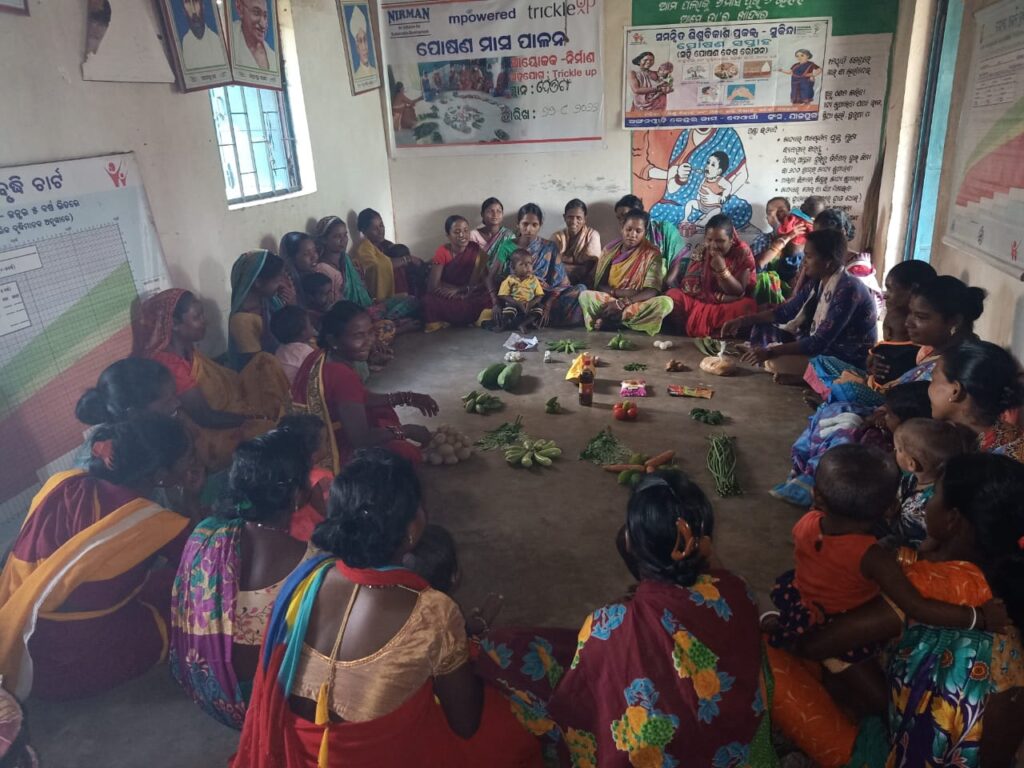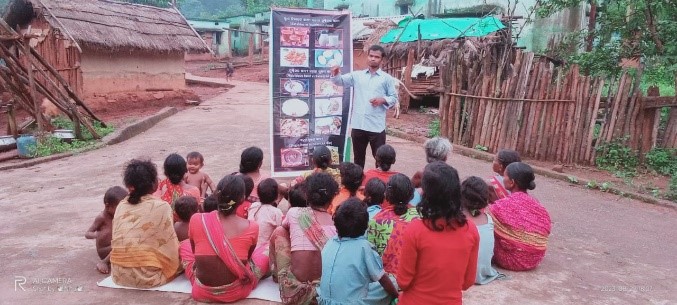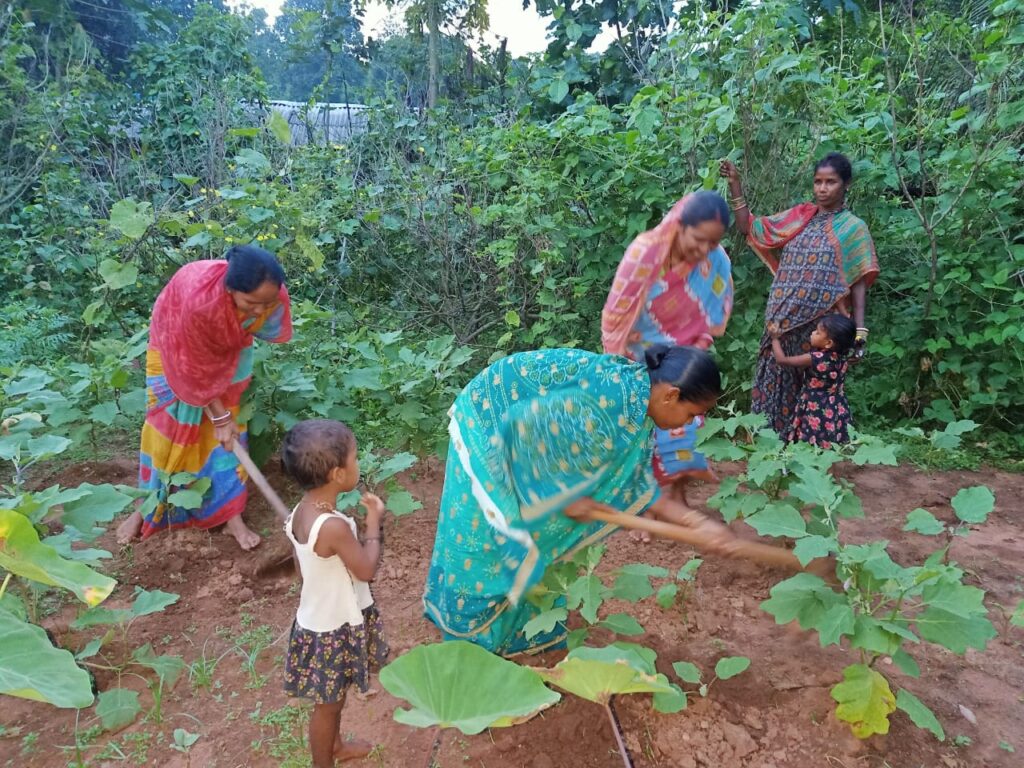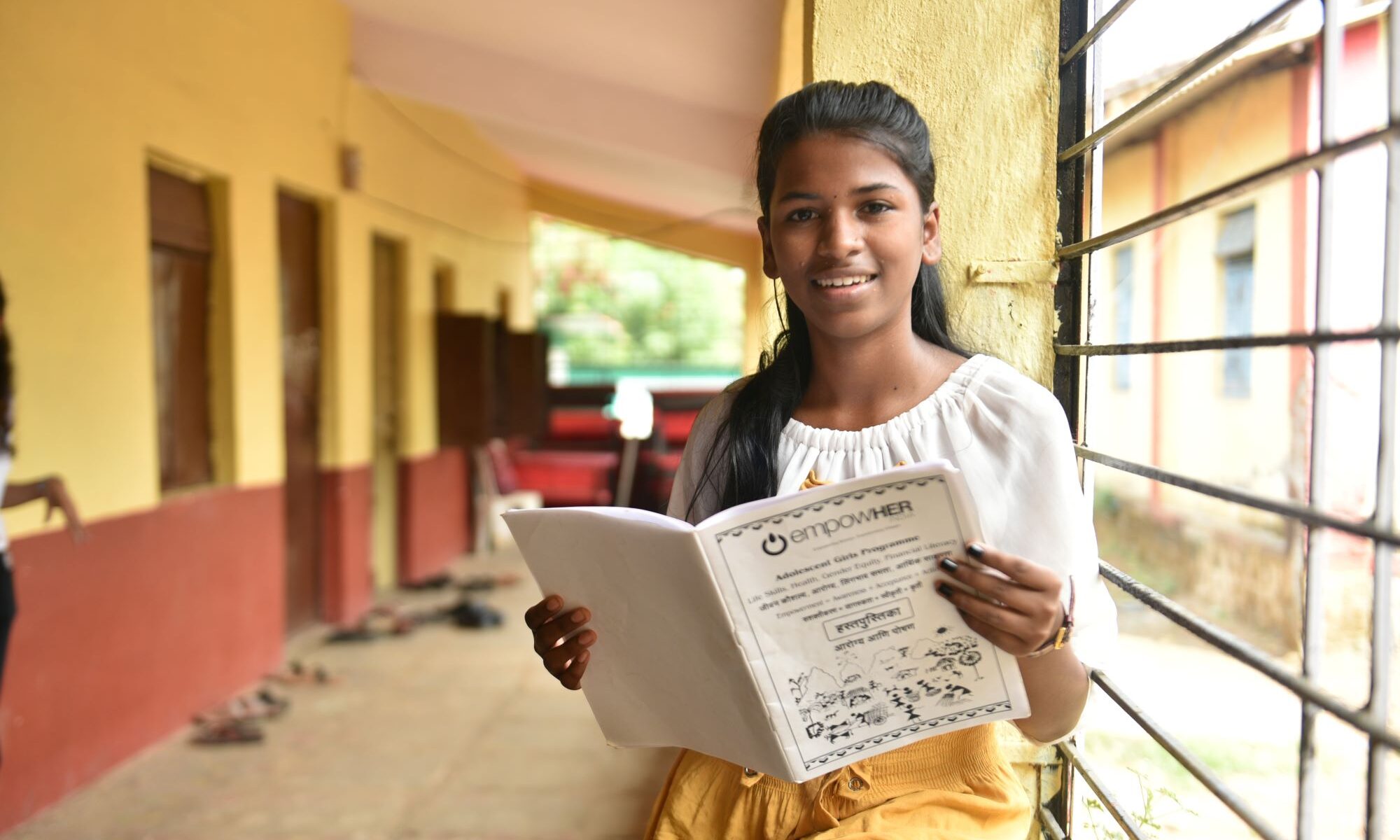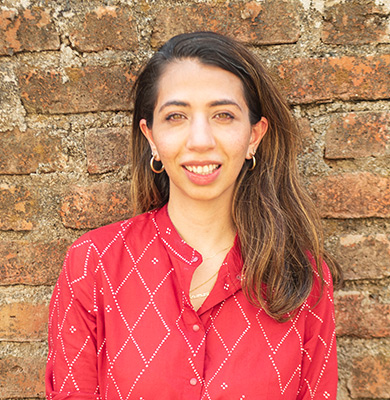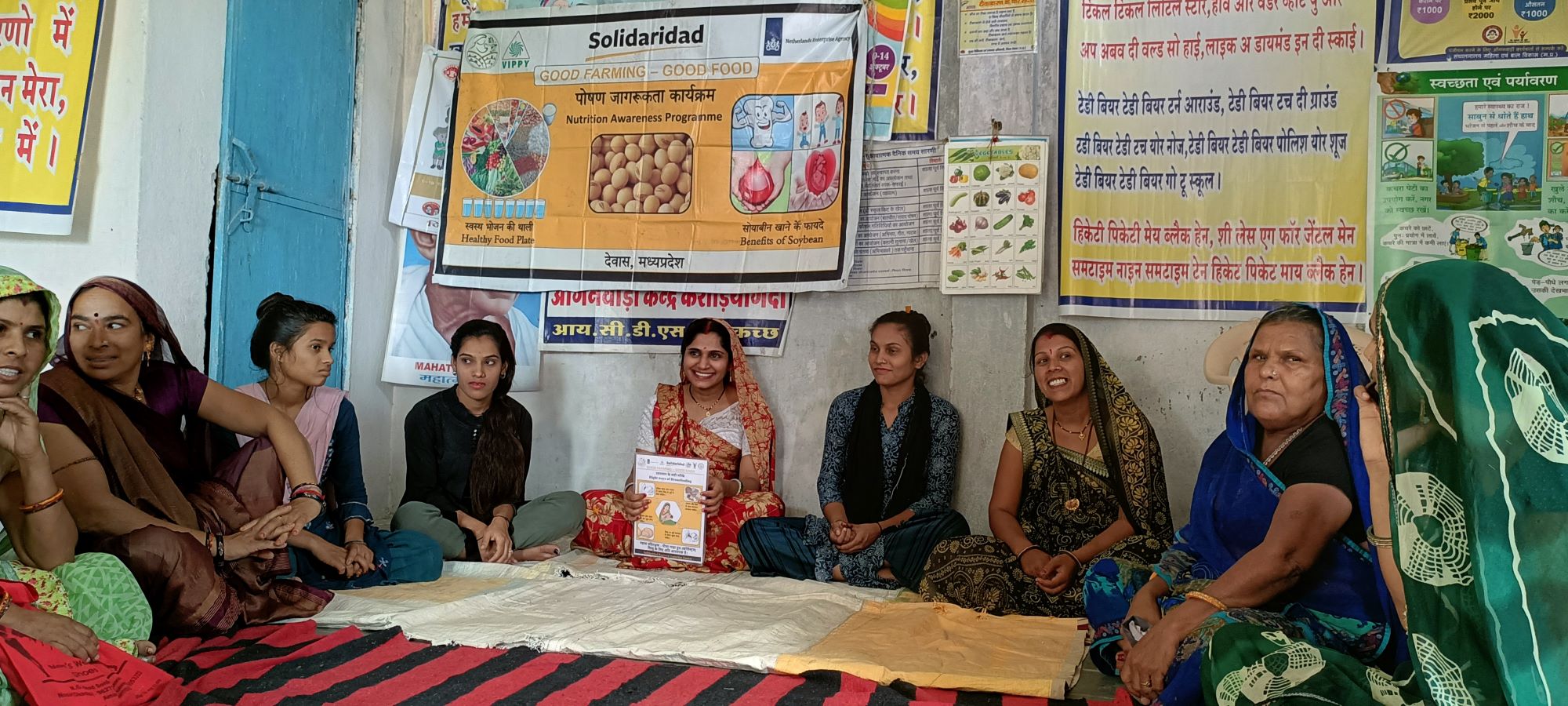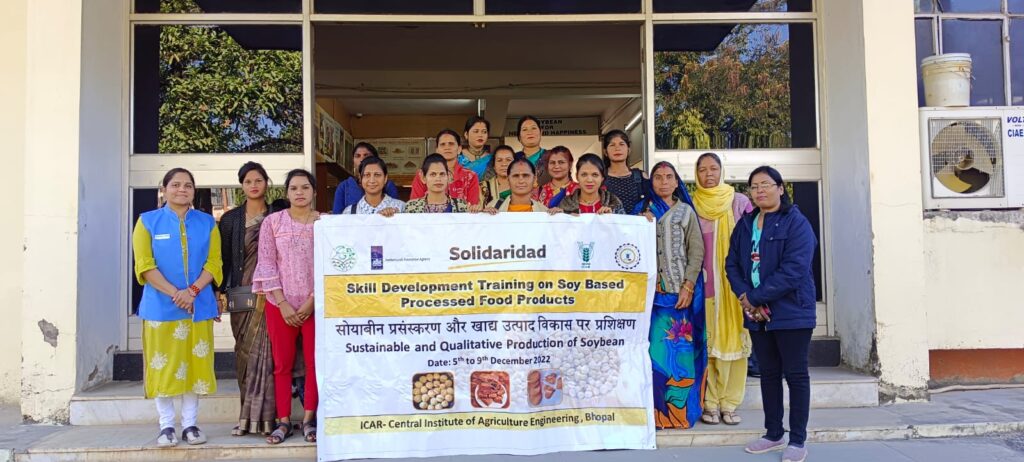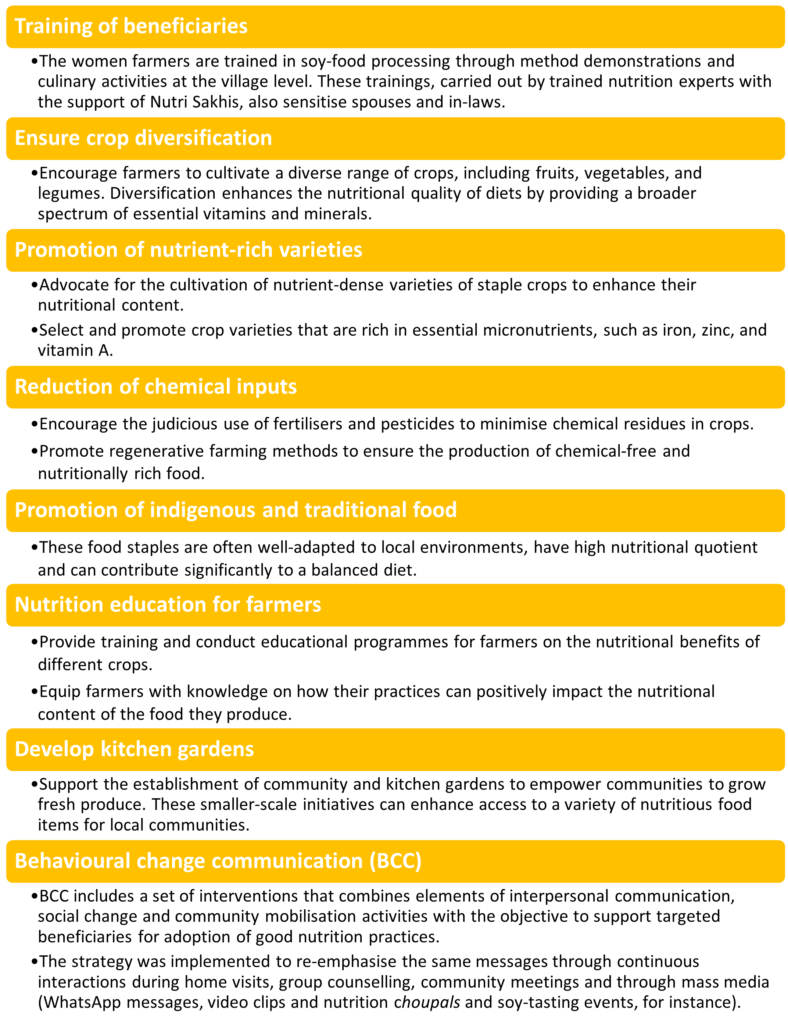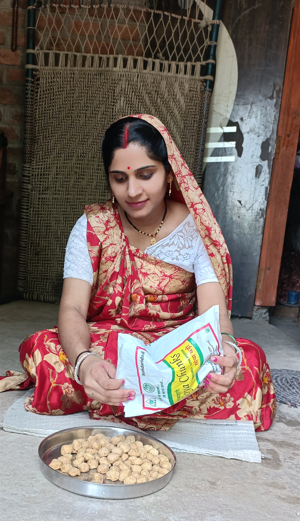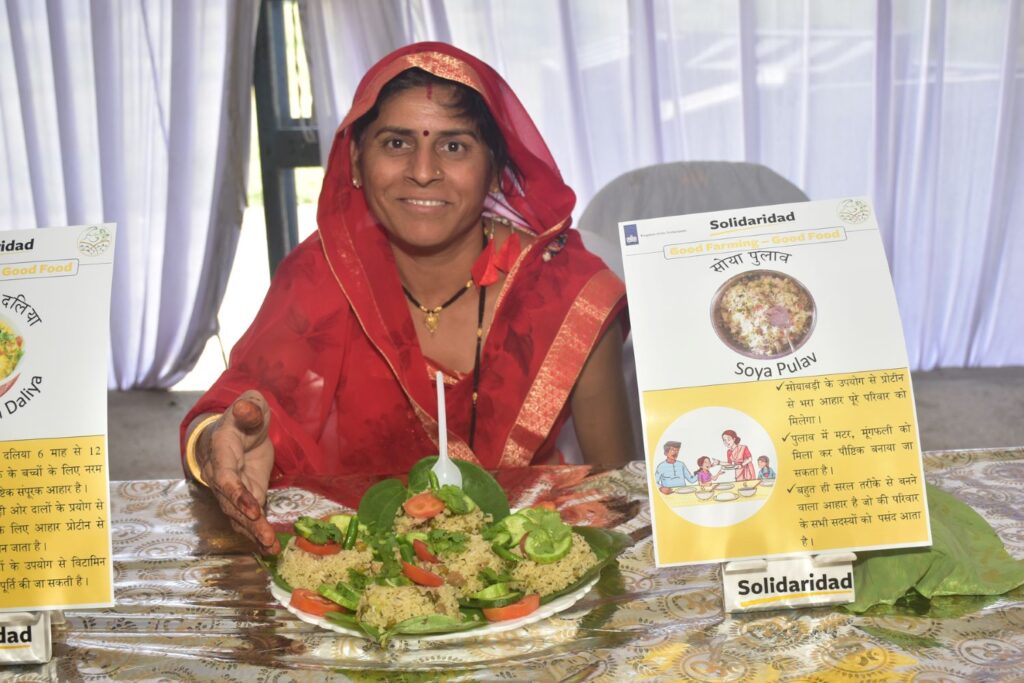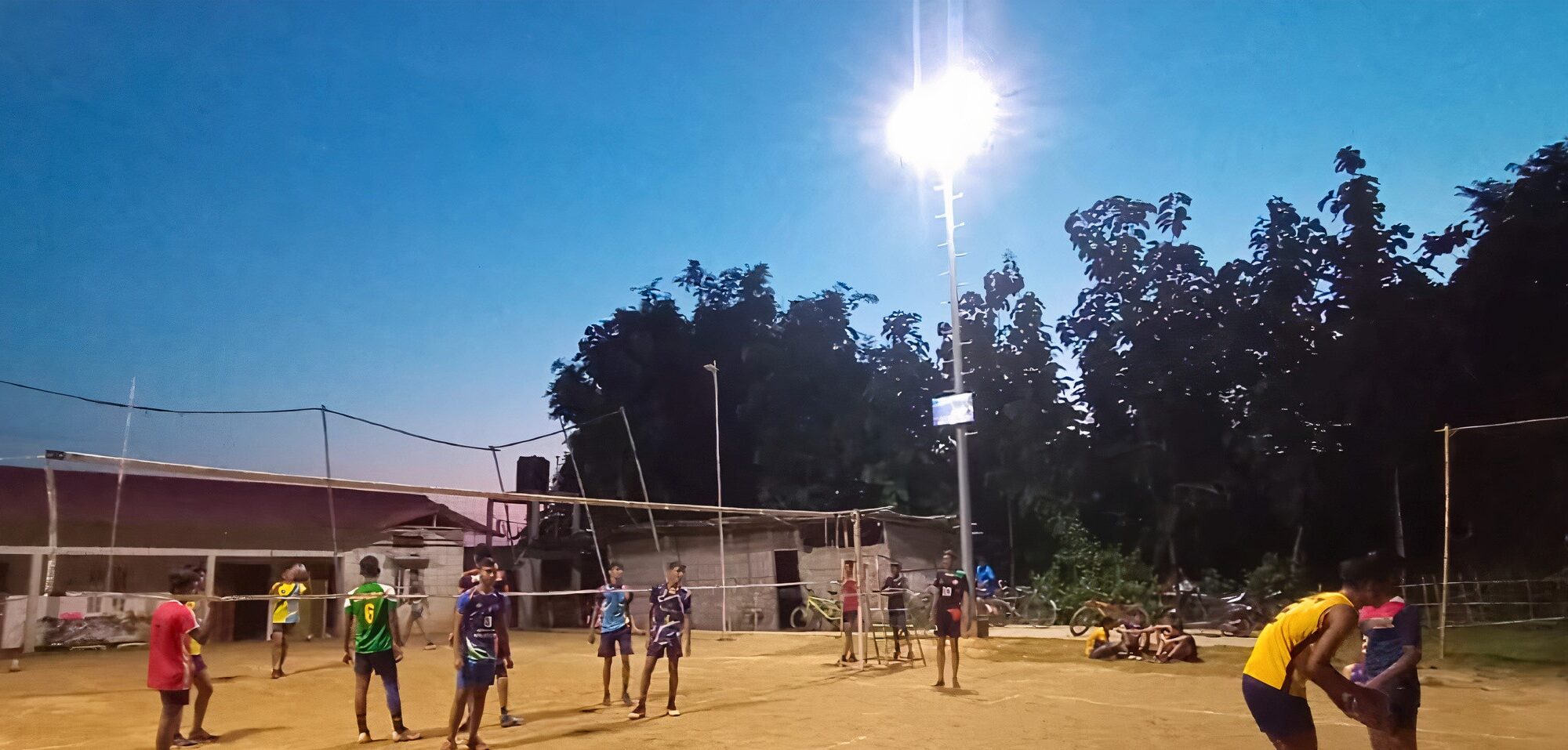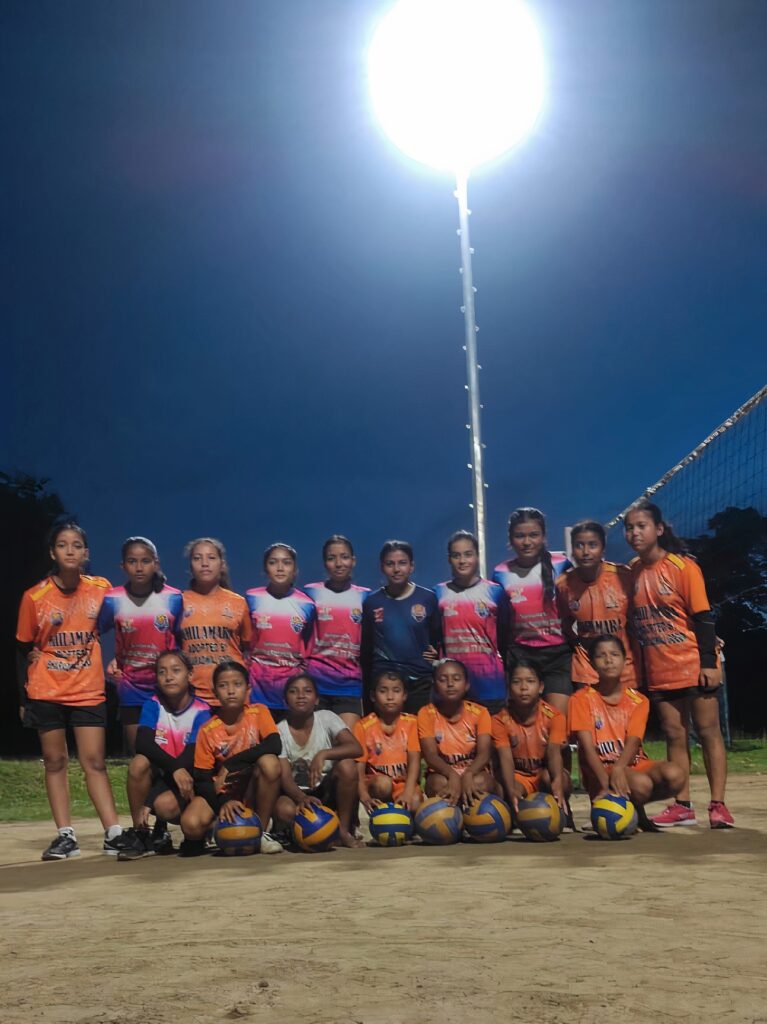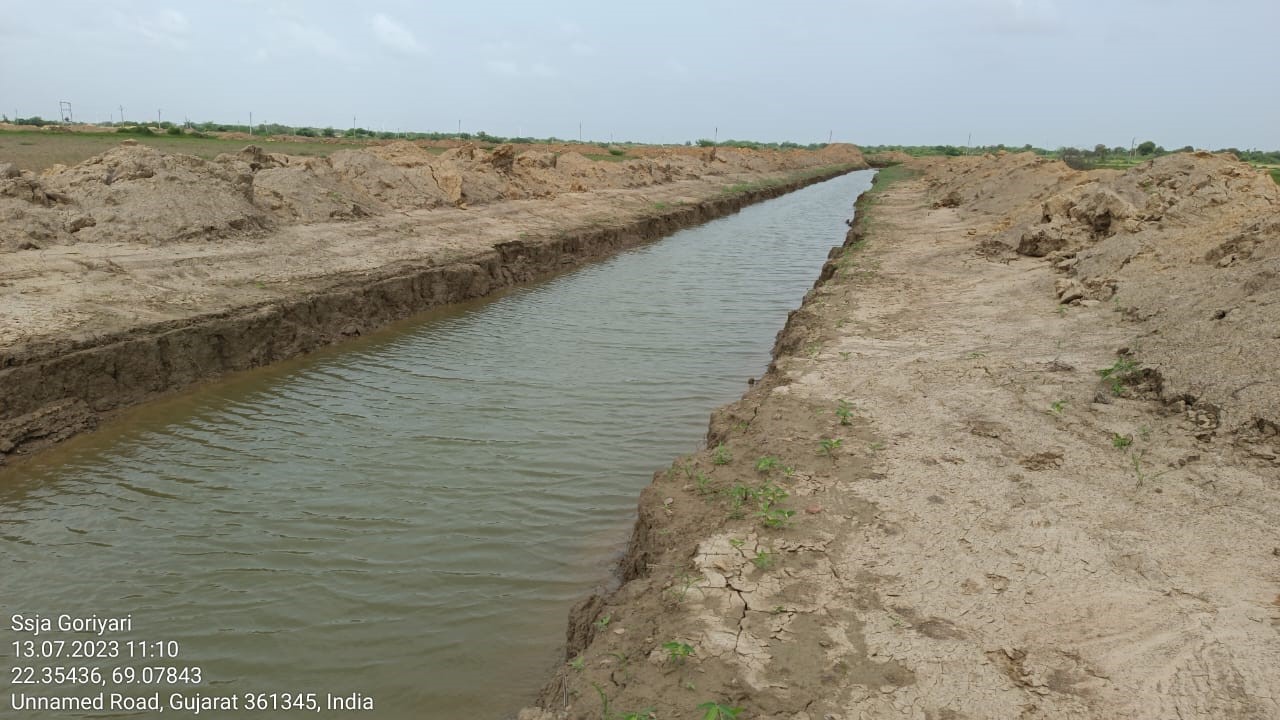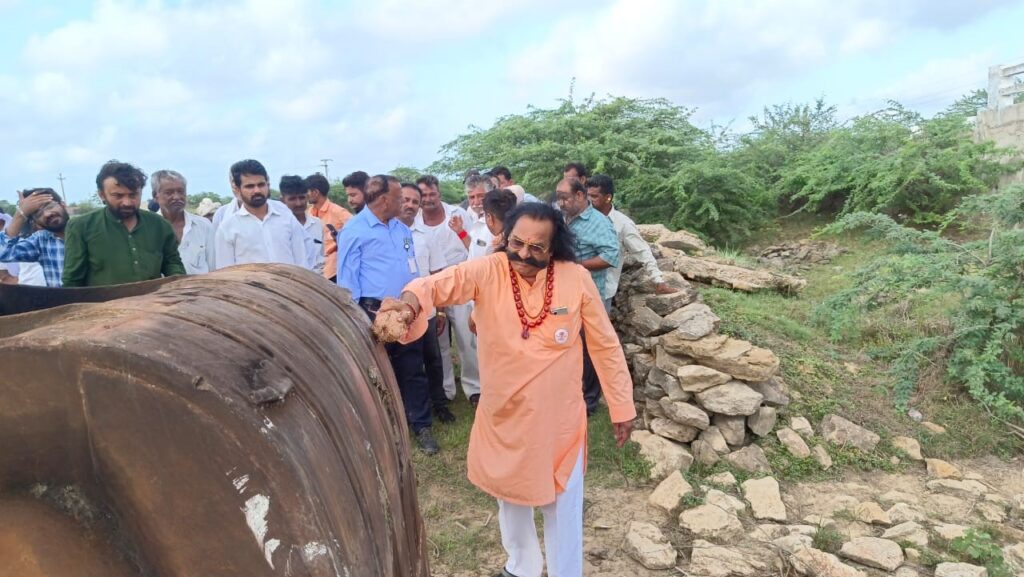With its commitment to Tricolor Food, agri-allied value chains, and organic farming, Heifer International India is making a significant contribution to a healthier India, one village at a time
In a nation as diverse and vibrant as India, the pursuit of a Healthy International India has always been a paramount concern. Access to nutrition, especially for vulnerable sections of society, is a critical aspect of this endeavor. At the forefront of this nutritional revolution stands Heifer International India, embarking on its transformative journey through four Signature Projects in India, driven by a steadfast commitment to Scale, Permanence of Impact, and Partnership. With a formidable network of over 1 lakh women smallholder farmers and more than 10,000 Self-Help Groups, the impact is nothing short of extraordinary.
Scale: Number of people reached, and systems changed to enable long-lasting pro-poor wealth generation and living income for smallholder farmers.
Permanence of Impact: Wealth generation, living income and resilience by establishing and supporting farmer-focused infrastructure and institutions of rural economies.
Partnership: With global, regional and local governments, financial service providers, technical service providers, private sector and partners in philanthropy.
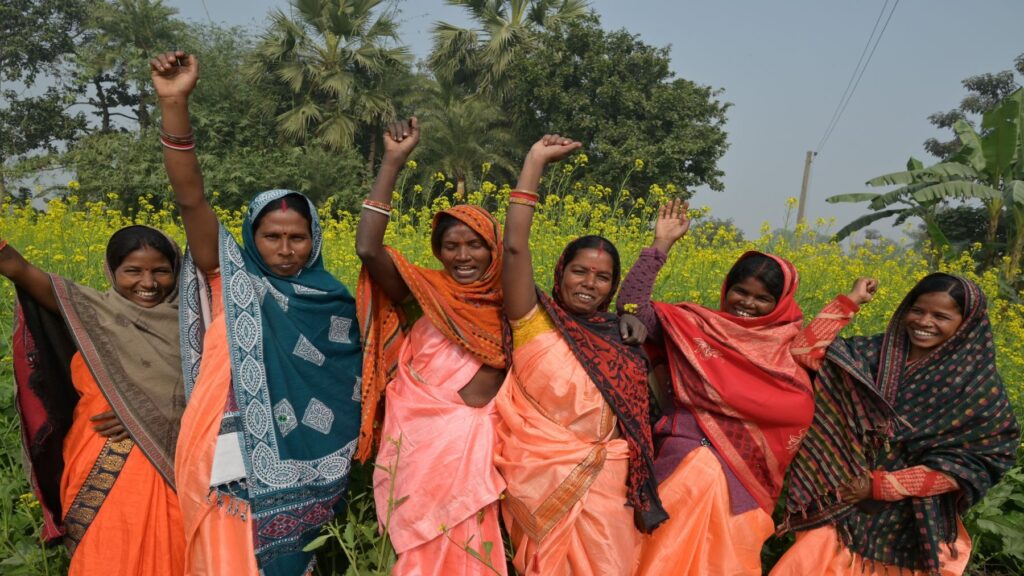
Empowering Communities for Sustainable Nutrition
Heifer International India is not merely an organization; it is an architect of change, fostering a brighter future for India. Its innovative approach to community empowerment goes beyond the traditional boundaries of agriculture. Through Self-Help Groups, Heifer International India provides not only financial resources but also knowledge, igniting the flames of newfound independence and the ability to secure a better tomorrow for their families.
At the heart of Heifer International India’s strategy lies the holistic community development model, the Vibrant Bharat Holistic Community Development (VBHCD), built upon the foundation of the organization’s 12 Cornerstones. These cornerstones embody values such as sharing, sustainability, gender equality, and environmental consciousness. Through VBHCD, Heifer International India is not just creating change; it is creating a culture of collaboration, empowerment, and sustainable development, one community at a time.
Tricolor Food for Nutritional Excellence
Heifer International India’s visionary Tricolor Food initiative is rewriting the narrative of nutrition in Bihar, Odisha, and Andhra Pradesh. This groundbreaking program doesn’t just aim to provide a diverse range of nutritious foods; it empowers local communities to become architects of their nutritional destiny.
Tricolor Food categorizes nourishment into three vibrant color groups: orange, white, and green. Each hue represents a group of foods that, when combined, offer comprehensive nutrition. From the orange group, we have staples like wheat, papaya, and carrots. The white group encompasses essentials like milk, cheese, and rice. Meanwhile, the green group introduces a vibrant spectrum of vegetables, including spinach, peas, and beans.
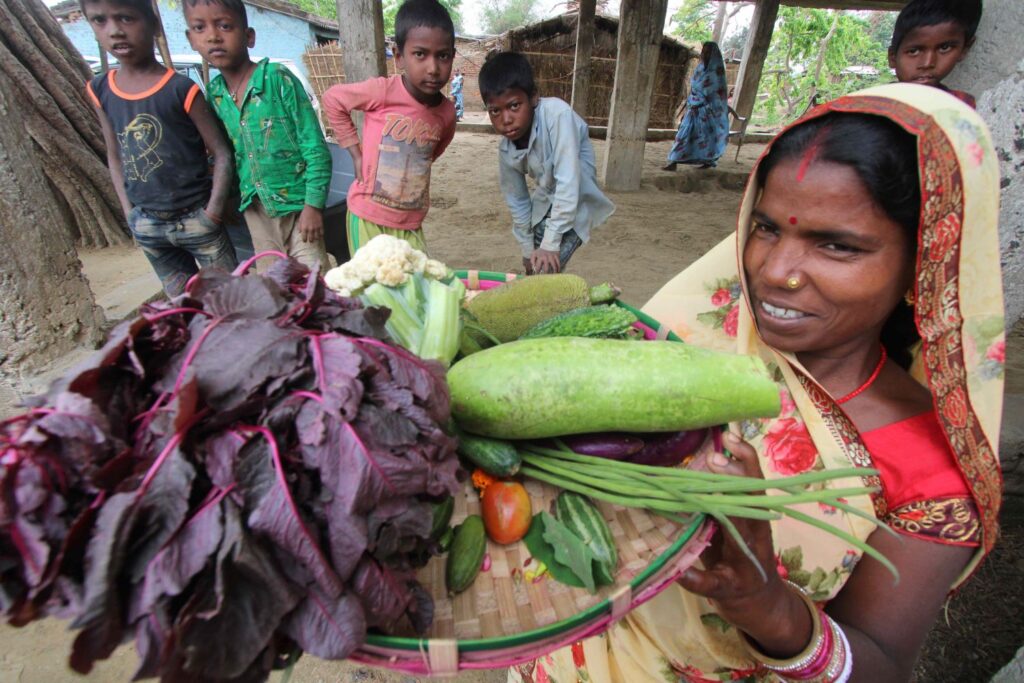
The brilliance of this initiative lies in its simplicity, making it accessible even to those with limited education. Heifer International India is diligently training women-led Self-Help Groups in Bihar, Odisha, and Andhra Pradesh to cultivate Tricolor Food in small nutrition gardens in their own backyards. In doing so, they are not just elevating traditional grains, vegetables, and fruits but also ensuring that a balanced diet featuring all three colors becomes a cherished part of daily life.
Regenerative Agriculture Approach
Beyond Tricolor Food and agri-allied value chains, Heifer International India recognizes the dangers posed by chemical fertilizers and pesticides to both human health and the environment. Therefore, the organization has taken on the role of a torchbearer in the organic farming revolution.
Organic farming, characterized by techniques like crop rotation, green manuring, and the use of natural fertilizers, is being taught to smallholder farmers. Its benefits are manifold – chemical-free produce and improved soil quality. But Heifer International India’s approach isn’t just about teaching; it’s about hands-on implementation on kitchen gardens and small farms. Furthermore, Heifer International India champions the mass production of organic formulations by Farmer Producer Companies (FPCs), democratizing organic farming for all.
Diverse Livelihood Options
Heifer International India’s key strategy is the promotion of diverse livelihood options. Through comprehensive training and unwavering support, women are empowered with the knowledge and skills required to engage in activities like backyard poultry and goat enterprises. These initiatives are not just avenues for income generation; they are wellsprings of high-quality protein. They provide families with a sustainable source of eggs, meat, and milk, enhancing their nutritional intake. In addition to financial empowerment, smallholder women farmers are experiencing improved food security and dietary diversity.

A Vision for a Healthy India
Heifer International India’s initiatives in Bihar, Odisha, and Andhra Pradesh serve as a beacon of hope, illustrating the potential of community-driven interventions. By championing Tricolor Food, agri-allied value chains, and organic farming, they are contributing to a healthier India, one village at a time. Through empowerment, education, and sustainable practices, they are not only bridging income disparities but also making nutrition accessible to all, particularly the most vulnerable sections of society.
Heifer International India’s relentless work in these states demonstrates the power of community-driven change, providing women, youth, Indigenous populations, and the most vulnerable among us have the tools and opportunities they need to thrive.
On its journey towards a Healthy India, Heifer International India’s holistic approach reminds us that by investing in communities and championing locally led development, we can create enduring change and cultivate a brighter, more nourished future for all.

